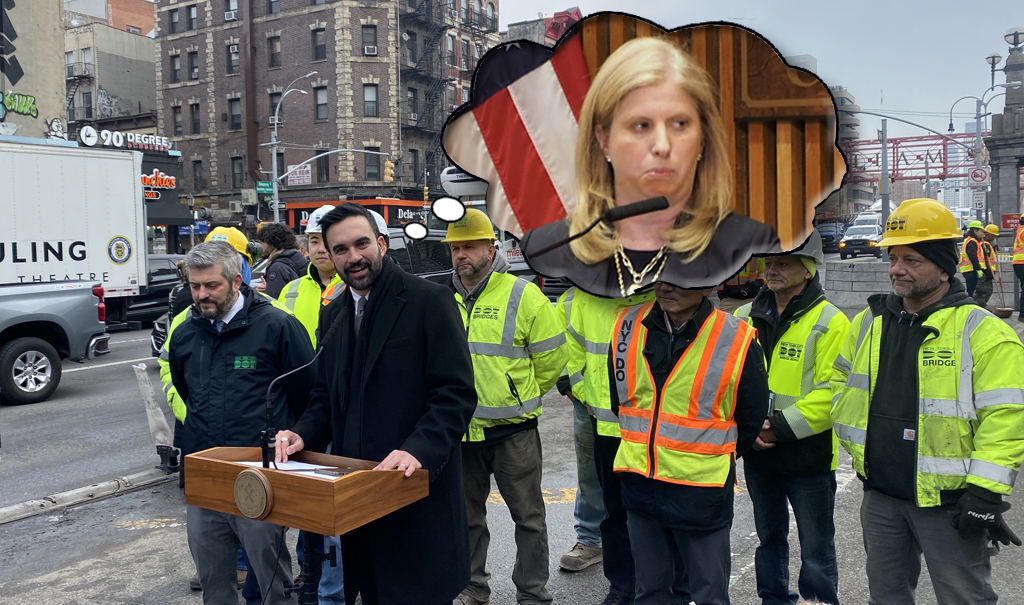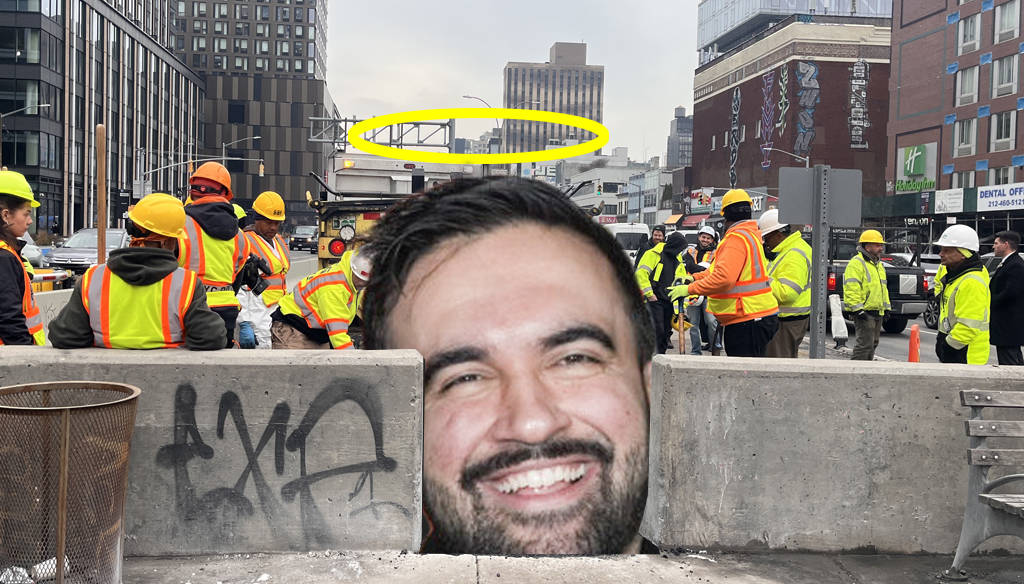The New York Times ran a story this weekend on a topic near and dear to every urbanist's heart: population density. "How Many People Can Manhattan Hold?" looked at the growth potential in America's most densely populated island and concluded there's plenty of room to grow -- if current residents have the appetite for it.
The question of how cities should grow is, of course, much bigger than Manhattan. Every other place in the U.S. sits on a scale somewhere between Manhattan and the northern-most stretches of Alaska. And every place has its own attitudes toward "density" -- a term that evokes the skyscrapers of New York but seldom means taking on such an urban form.
Chris Bradford at the Austin Contrarian explores the issue from the perspective of his central Texas surroundings. Austin has plenty of room to grow but struggles with the same NIMBY resistance as Manhattan, Bradford writes:
According to the 2010 census, Austin had 790,390 people on 297.9 square miles, for a (standard) density of 2,653.2 people per square mile. Obviously, Austin would be gigantic if it were populated at San Francisco's density of 17,170 ppsm (in which case Austin would have 4,327,000 residents) or at New York City's average density (in which case it would have 7,411,000 residents).
But no one considers Dallas or Houston to be terribly dense places -- they are the prototypical suburban sunbelt megalopoli. Yet both are much denser than Austin. If Austin were populated at Dallas' density, it would have an extra 258,000 people. At Houston's density, it would have an extra 289,000 people. A lot of the cities we think of as our peers are much denser. If Austin were settled at Denver's density, it would have an extra 363,000 people. At San Diego's density, an extra 402,000. And at Portland's density, an extra 513,000. Columbus, Ohio is probably Austin's true "peer" city - it has almost the identical population, is home to a giant state university, and is the state capital. Austin would have to add 290,000 to reach Columbus' density.
Obviously, some of the nicest places in the country are nice places despite significantly higher densities. It may even be the case that they are nice places because of significantly higher densities. I've always thought it really weird for people to complain that rising density will ruin their quality of life when so many places with an equally good or better quality of life are already much denser.
Elsewhere on the Network today: Cap'n Transit offers an illustrated guide to the vicious cycle that begins with road building and ends with everyone having to drive everywhere. Streets.mn says AASHTO missed a major issue -- road design -- in its recent report [PDF] on mobility obstacles for older Americans. And The Overhead Wire looks at the issue of housing affordability in Austin, Texas as a function of urban attitudes toward housing construction.






